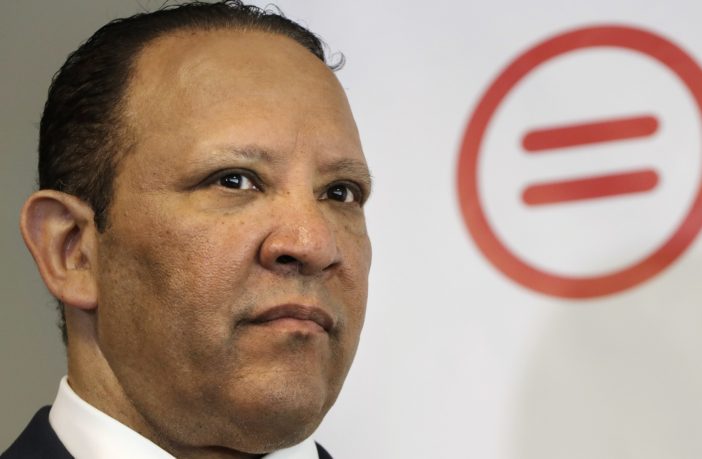By Marc H. Morial,
President and CEO,
National Urban League
“I woke up this morning with a lot on my mind, thinking about my own mother. And the history of Black Americans locked out of every major federal relief program from the Homestead Act to the GI Bill, targeted by redlining, denied the ability to build generational wealth because of policy violence, and so we borrow and default at higher rates. I woke up this morning, family, with a lot on my mind. But when we start with the people, the policy is clear. The people demand and deserve student loan cancellation. Student loan debt cancellation will change and save lives.” – Congresswoman Ayanna Pressley
Homeownership is the primary driver of household wealth in the United States. It fosters educational achievement and civic participation, drives down crime rates and even improves health care outcomes. It remains, for good reason, a key component of the American Dream.
Skyrocketing student debt is crushing the American Dream and driving the racial wealth gap.
President Biden’s debt relief plan can restore the dream for millions of Americans, but the Supreme Court seems ready to snatch it away.
This week, six states asked the Court to permanently block the Biden administration’s student loan forgiveness program — a program that will provide critical relief to over 40 million borrowers most at risk of defaulting on their student loans when the repayment pause ends. In less than a month after the student debt relief application was available, 26 million people applied or were deemed automatically eligible for relief. The need and demand for this program has been undeniable. However, since the administration has been banned from implementing its program, the weight of student loan debt has continued to impact the lives of everyday Americans and has proven to have long-term effects on other aspects of their lives including homeownership.
When new graduates enter the workforce, some average $25,000 in student loan debt. Despite their qualifications, graduates often settle for lower-paying, lower-skill jobs just so they can start paying their loans right away. As a result, graduates in debt often miss out on the benefits that come with a degree. This is even truer for borrowers of color. Research from the Federal Reserve Bank of St. Louis found that after college graduation, white households receive wealth transfers from their family to help pay for things like the purchase of a home. Students of color are less likely to have wealth to finance either an education or a home purchase, leading to higher rates of loan debt. The different patterns of intergenerational transfers contribute to nearly three-quarters of Black borrowers’ student loans having a higher balance today than they did when they first graduated, disproportionately limiting their homeownership possibilities.
Extensive evidence underscores how debt affects mortgage eligibility and credit score, erect clear barriers to homeownership; barriers that wouldn’t exist without the anti-Black policies that have diminished wealth-building opportunities that accelerate economic and social mobility. The racial disparities in wealth and income alone force a disproportionate number of Black students to take on greater financial risks to pursue a higher education – risks that further widen the racial homeownership gap. This is especially true for Black women. As the most educated group in the United States, Black women are more likely to be saddled with student loan debt. A report by the American Association of University Women (AAUW) found that Black women amass an average of $41,466 of debt by college graduation, compared to the $33,851 held against white women and $19,500 held against white men. The numbers nearly double when you consider those who continue their education to attain their master’s, PhD’s, and their doctorates. This issue is also further compounded by the nation’s gender and racial pay gap. Currently, a black woman only makes 63 cents compared to every dollar a white man makes, forcing Black women to take years to pay off their student loan debt.
On Tuesday, the National Urban League and other civil rights and social justice organizations led a rally outside the Supreme Court, lifting up the personal stories of those who are struggling under the weight of student debt. Many of them traveled hundreds of miles, standing for hours in the cold. The National Urban League will continue to stand with them until their voices are heard.
The opinions on this page are those of the writers and not necessarily those of the AFRO. Send letters to The Afro-American • 233 E. Redwood Street Suite 600G
Baltimore, MD 21202 or fax to 1-877-570-9297 or e-mail to editor@afro.com
Help us Continue to tell OUR Story and join the AFRO family as a member –subscribers are now members! Join here!



